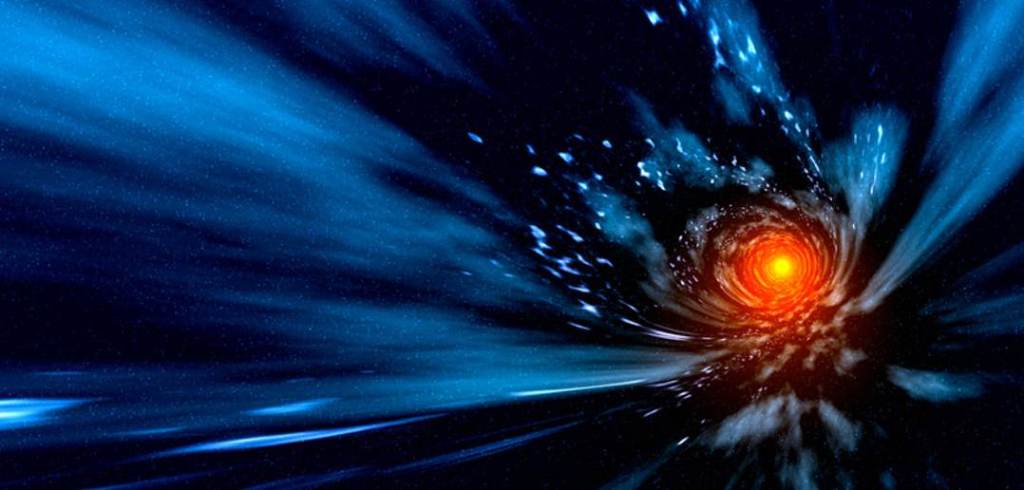A bizarre star 1,200 light-years from Earth looks like it’s shooting enormous plasma balls twice the size of Mars into space, according to scientists.
Star specialists at NASA used the Hubble Space Telescope, andRaghvendra Sahai of NASA’s Jet Propulsion Laboratory (JPL) in Pasadena, California, research led the research.The Astrophysical Journal published the results. (No word on if the plasma balls sound like blasters from Star Wars or photon torpedoes from Star Trek.)

Photo Credit: NASA
The plasma-producing star, called V Hydrae, is a red giant. After compiling observations of the star from 2002 to 2004, and again from 2011 to 2013, the scientists analyzed their data using spectroscopy. They found that the star was firing mega-hot blobs – NASA described them as “cannonballs” with temperatures of more than 17,000°F – into space. That’s twice the temperature of the sun’s surface!
Some question, however, arose about the blobs’ source. Red giants are dying stars with limited nuclear fuel, having expanded to a gargantuan size and released their outer layers into space, and therefore could not produce such high-energy output.
So the researchers suggest there might be another smaller star orbiting V Hydrae in an oval-shaped orbit. This star might bob and weave through the outer layers of the red giant, where it picks up mass and matter and forms a disk-like shape. The material builds up and reaches a boiling point so to speak, and is eventually fired out into space. And it has been doing so for at least the past 400 years.
h/t: IFL Science






